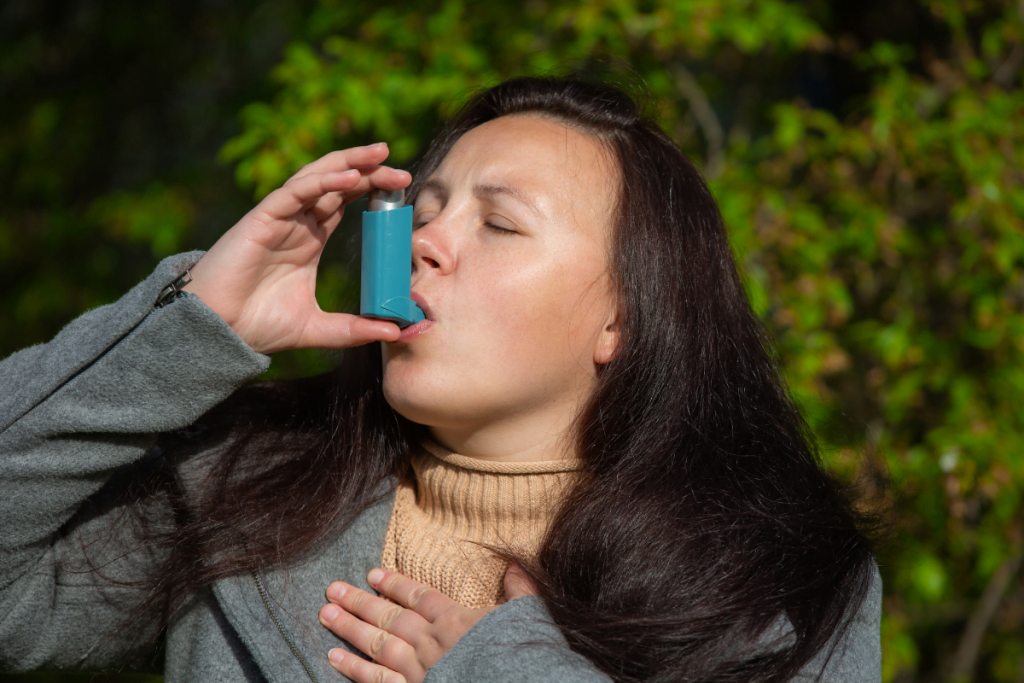Inhaler therapy remains a crucial element in managing pulmonary conditions, offering significant benefits for individuals with chronic respiratory issues. It plays a pivotal role in pulmonary rehabilitation programs, which are comprehensive approaches designed to improve lung function and overall well-being. Here’s a detailed look at the nuances of inhaler therapy and its significance in pulmonary health.
The Basics of Inhaler Therapy
Inhaler therapy entails using devices that directly deliver medication to the lungs, making it an extremely efficient treatment for respiratory conditions like chronic obstructive pulmonary disease (COPD) and asthma. This direct administration allows for rapid and effective results, reducing inflammation, opening airways, and alleviating symptoms such as shortness of breath and wheezing.
Pulmonary Rehabilitation for Asthma: An Essential Component
Inhaler therapy is integral to pulmonary rehab for asthma, equipping patients with essential tools to effectively manage their condition. These programs not only include the use of inhalers but also provide education on proper inhaler techniques, crucial for maximizing medication effectiveness.
The Impact of Pulmonary Rehab
A common question among patients and healthcare providers is, “does pulmonary rehab enhance lung function?” The answer is a resounding yes. Pulmonary rehabilitation programs are designed to improve respiratory health through a combination of medical treatment, physical exercise, nutritional counseling, and education. They aim for better lung capacity, improved breathing techniques, and increased physical endurance.
Key Components of Rehabilitation Education and Therapy
When examining the various elements included in rehabilitation education and therapy, it’s clear that inhaler therapy is vital. However, a comprehensive pulmonary rehab program encompasses several other essential components:
- Medical Management: Continuous monitoring and adjustment of medication, including inhalers.
- Exercise Training: Personalized exercise routines to enhance cardiovascular fitness and muscle strength.
- Nutritional Counseling: Dietary advice to support respiratory health and overall wellness.
- Education: Training on inhaler usage, breathing techniques, and symptom management.
- Psychosocial Support: Counseling and support groups to assist patients in handling the emotional aspects of chronic lung disease.
Advantages of Pulmonary Rehabilitation
The benefits of engaging in pulmonary rehabilitation extend beyond enhanced lung function. Patients frequently experience a marked improvement in their quality of life. They can perform everyday tasks with less breathlessness, enjoy better mental health due to reduced anxiety and depression, and benefit from increased physical stamina. Furthermore, these programs often lead to fewer hospitalizations and reduced healthcare costs due to better disease management.
The Role of a Wellness Center
A wellness center dedicated to pulmonary rehabilitation provides a holistic approach to lung health. These facilities offer an array of services, including access to medical professionals, exercise equipment, nutritional guidance, and educational resources. This comprehensive environment ensures that patients receive well-rounded care addressing all aspects of their health.
Takeaways
Inhaler therapy is an indispensable part of pulmonary care, especially within the context of pulmonary rehabilitation programs. By integrating inhalers into a holistic treatment plan that includes education, exercise, and nutritional support, patients can significantly boost their lung function and overall quality of life. The benefits of pulmonary rehabilitation are clear, making it a vital strategy for managing chronic respiratory conditions and improving pulmonary health.
Frequently Asked Questions (FAQs)
How often should inhaler therapy be used in a pulmonary rehab program?
The frequency of inhaler therapy varies based on the individual’s condition and their healthcare provider’s recommendations. In a pulmonary rehab program, inhaler use is typically tailored to the patient’s specific needs and is often complemented by other treatments for optimal results.
Are there any side effects associated with inhaler therapy?
Inhaler therapy is generally safe, but some individuals may experience side effects like dry mouth, throat irritation, or a hoarse voice. It’s essential to follow the healthcare provider’s instructions and report any unusual symptoms to ensure proper management and adjustment of the therapy if needed.
How can I get started with a pulmonary rehab program?
To begin a pulmonary rehab program, consult your healthcare provider. They can refer you to a specialized program tailored to your needs and provide guidance on incorporating inhaler therapy and other treatments into your daily routine for optimal pulmonary health.
